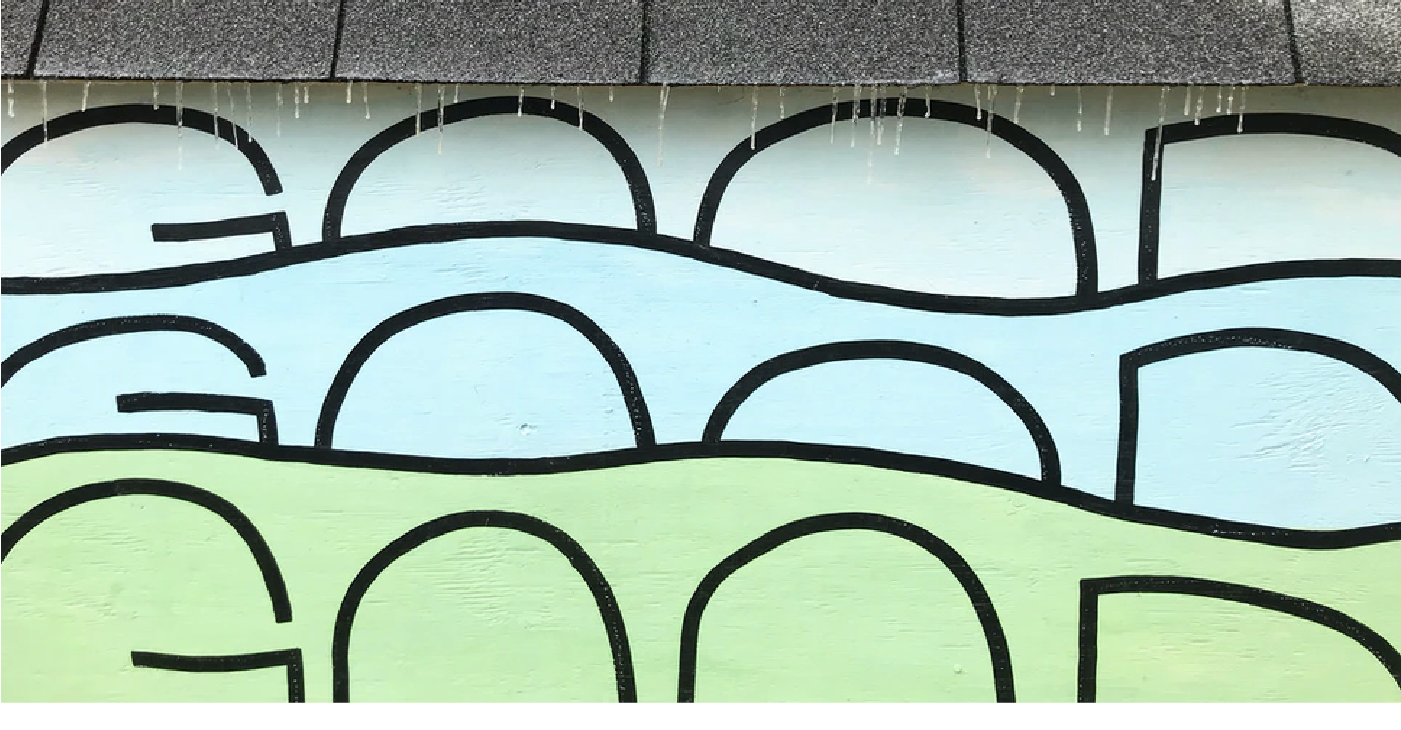While the gravity of the global pandemic continues to weigh on us all, it has brought with it a certain amount of clarity. This crisis, along with the Black Lives Matter movement and the ongoing fight against climate change, has given rise to some markers for positive changes. As our priorities have been forcibly realigned, ethically motivated consumers have created a new value system for brands, protecting consumers, preserving culture, and providing hope. Brands have started to care more about inclusion and diversity, as well as sustainability. UX designers have naturally adopted these trends as design continues to transform companies and the products they create. The emerging trends described below aren’t necessarily new but are indicative of a world changed as we move ahead into 2021.
A focus on accessible and inclusive design
Both accessible and inclusive design empower designers to create digital products that everyone can use, regardless of age, ability, or situation. Inclusive design is about designing for as diverse a range of people as possible in such a way that allows it to be used and navigated easily.
We are still surrounded by products that only work well for a limited range of people, but in 2020, as more and more people began engaging with businesses online, many brands started actively rebuilding their websites according to web accessibility guidelines for user experience and visual design processes to create more accessible digital products or services.
Following these guidelines, many companies changed their website’s color palette, fonts, background colors, and contrast according to the new rules. For example, the rush to include a dark mode in apps, social media websites, and e-commerce stores was not just about aesthetics but accessibility. Dark themes reduce eye strain, which makes it easier for users to explore e-commerce websites for longer periods of time. To illustrate this, the KKW BEAUTY brand rebuilt its website following the new guidelines and continuously implements technology improvements to enhance accessibility on their site so all of the customers can successfully shop online.

This combination of Black and White is AA compliant
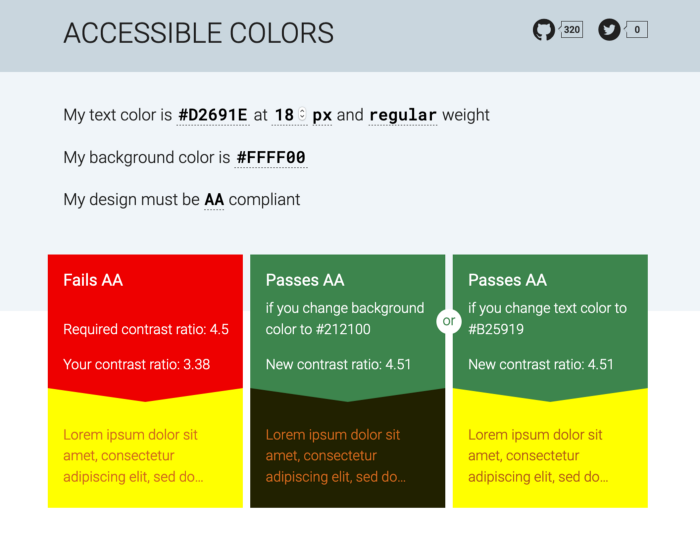
This is how the suggestions look like if a color combination is not AA compliant
Airbnb has teams focused on helping build products that everyone can use. Engineers and designers on these teams work to improve Airbnb’s design systems and to educate their peers as they learn from the community.
Recently, Android improved its Voice Access, which now understands screen context and content, and generates labels and access points for accessibility commands. That was made for people who control their phone entirely by voice, so they don’t have to use a grid or button numbers but can just say what’s on the screen.
UX designers can create experiences that directly impact the lives of others and build digital products for our future selves.
A desire for realness
Another key design trend seeks to address and eliminate more forms of discrimination. Accelerated by the Black Lives Matter (BLM) movement along with broader efforts to promote body positivity, diversity, and non-conventional forms of beauty, design aesthetics that are more inclusive are now essential elements of the modern world. These changes have affected a wide range of industries, from food to fashion to entertainment. It’s a trend driven by consumer behavior as more and more people expect companies to make a positive contribution to society.
A good example of creating products for every shape, race, and age is the Skims brand.
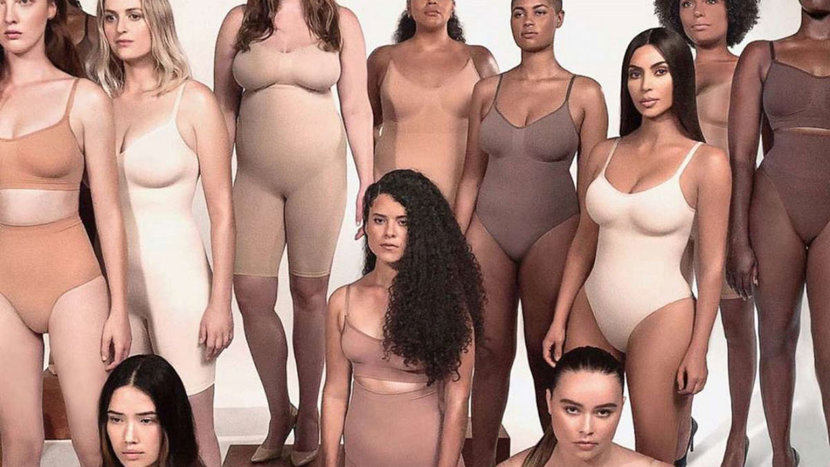
Changes in our beauty perception were initially seen in the fashion and beauty industry (for example, “Real me” by Aerie and “My beauty, my say” by Dove), but have now spread out into every aspect of our lives. The big trend is hyper-realness with diverse models of any age, gender, race, and sexual orientation, as well as bold statements of “no-airbrushing” and simplified product packaging. The body positivity movement empowers women in particular to rebel against narrow and unattainable beauty standards and instead celebrate their differences and imperfections.
Many fashion brands, such as Calvin Klein, Zara, Gucci, Balenciaga are supporting this movement and showing diverse models in their campaigns.
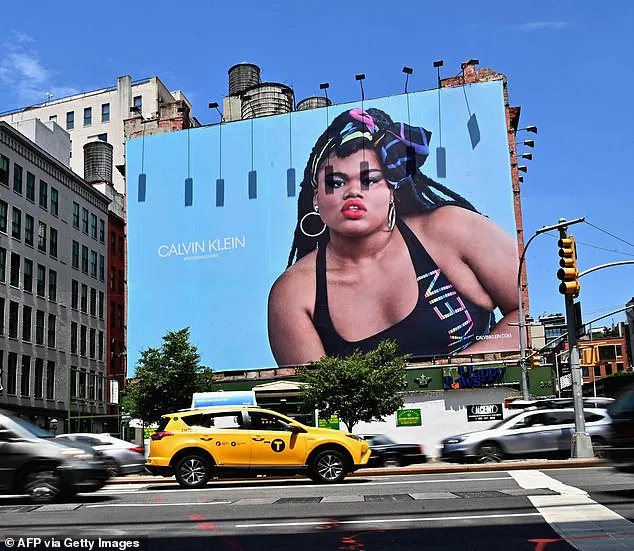
E-commerce websites that show only young, slim, white models are no longer relevant. As such, brands in many categories seek to appear more transparent, authentic, and human to reconnect with their audience.
Situational relevance
The world today seems to be in a constant state of transformation, and brands need to respond to pivotal social events that are relevant to a mass audience. The global idea of using such information is to draw attention to a product or service, create a viral effect, or simply illustrate that they care.
Audiences expect brands to stay aware of what’s going on in the world and respond accordingly. It’s becoming a global trend in UX design. For example, Nike made an official statement in support of the Black Lives Matter movement by inverting the colors of their visuals on their social media platforms.

When the pandemic hit, Apple decided to apply its design skills to create more technologically advanced and easier-to-carry face shields to help medical professionals. Nearly all businesses adapted their newsletters to show their support for customers during the Covid-19 pandemic.
During LGBT Pride Month, companies usually change their website’s color palette and often launch collections dedicated to this occasion.
Global trends that impact the world also influence product design. The rapid growth of technology and current situations in the world change people’s behavior and the way they purchase products. Designers need to be aware of the existing and upcoming trends, constantly learning, improving, and expanding their skills in order to be up to date on the current market.
Augmented experiences
Augmented reality is changing the shopping industry and shaking up the customer experience. Based on Gartner’s research, by 2020, 100 million consumers will shop using AR online and in-store. Numbers like these cannot be ignored and many companies are turning to AR in ways that enable customers to visualize products in different settings.
AR is not just an ornamental shopping feature. Like any tech solution, it’s meant to solve problems.
The Ikea Place app lets customers virtually place true-to-scale 3D models in their very own space. Using the power of AR, companies can essentially enable customers to display the objects in the existing setting, hence ridding them of the necessity to try it out and potentially return it.
Houzz, an AR interior design app, makes decorating homes easier. Through augmented reality, customers can check whether certain furniture, paint colors and other decorative choices suit or even fit in a given space. While uploading photos and browsing products from various retailers, customers can view some of them in a more realistic way.
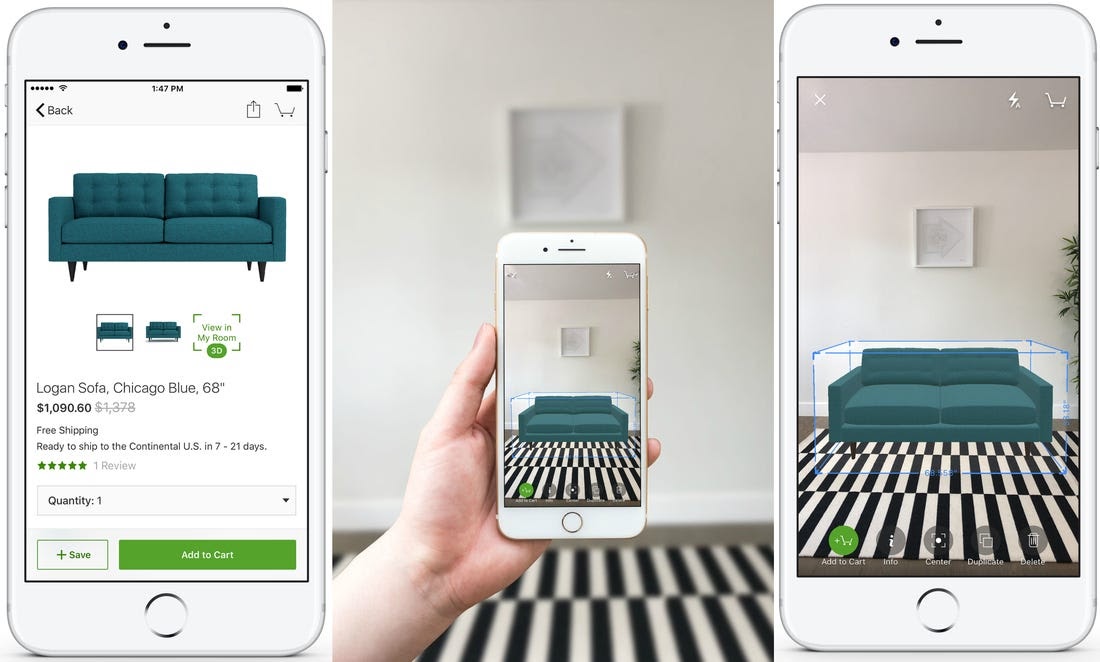
The same approach can also be applied when trying out new clothes. For instance, Wannaby, a startup out of Belarus that is building “AR commerce” experiences, has launched a beta of its latest app, which aims to make it easier to find the perfect sneakers. The iOS app uses augmented reality to let you try on various pairs of sneakers. The customer simply chooses a pair of kicks from the list of 3D models, points the camera at their feet, and can virtually wear a chosen footwear.
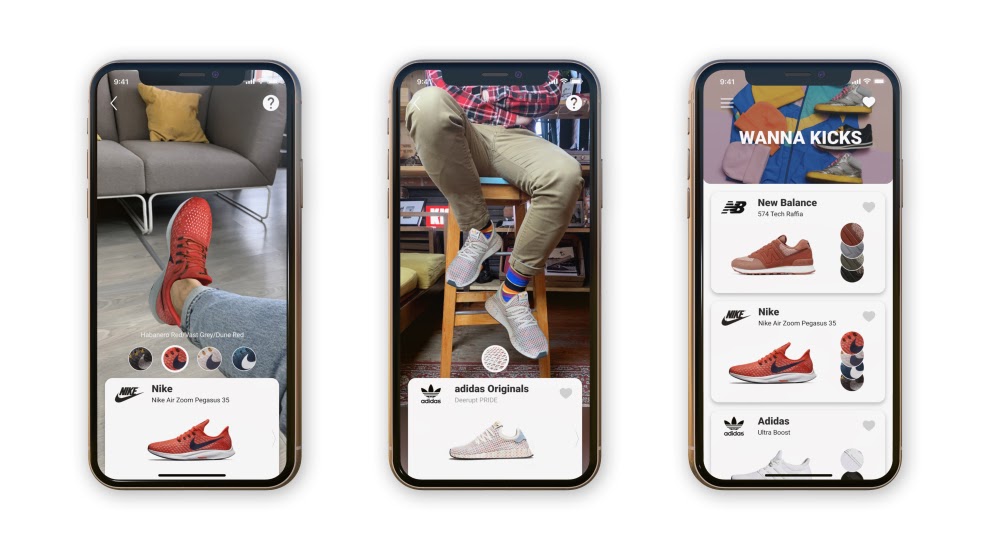
It should come as no surprise that shopping using smartphones became even more popular during the pandemic. AR try-on can help customers to shop online with an experience that negates the difference between online and offline shopping. UX designers and app developers need to stay focused on building products that provide a fully immersive customer experience.
Sustainable UX
Most consumers want to live their lives more sustainably and many brands are trying to meet that desire. Apple, for instance, removed the charger and headphones from iPhone 12 boxes rather than burdening customers (and the environment) with a duplicate set.
Samsung Electronics is now on a course to manufacture products with minimal environmental impact. The company is working to ensure that resources can be reused by recovering, reusing, and recycling after the product’s lifespan.
When making sustainable solutions, designers need to create experiences that engage users as active participants in sustainability practices. The social effects of enabling individuals to contribute can create a positive compound effect that raises awareness for sustainability and empowers people in dealing with environmental issues.
Summary
In a world teeming with the consequential change, designers need to be ready to respond in ways that are meaningful to users. Culture and technology are transforming at such a rapid rate that it’s difficult to keep up, but this is a crucial time to pay closer attention to people’s behaviors and the way they purchase products. Designers need to be aware of the existing and upcoming trends—constantly learning, improving, and expanding their skills. The world is changing in dramatic ways at an accelerated pace, and it’s crucial that designers keep up.


